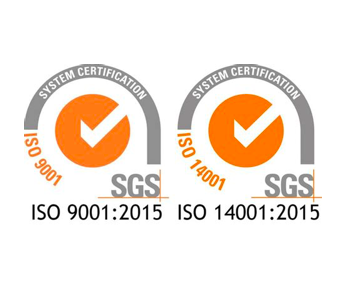In recent years, we have heard increasingly about the need to be more sustainable, that we should be recycling more, reducing our carbon footprint and helping to make a greener future for the generations that will follow. This isn’t just something that is being suggested as a good idea; it is something that is being done on a national level. The government’s 25 year commitment to the environment pledges that by 2050 the UK will have zero avoidable waste. They want to ensure that as a country “We will minimise waste, reuse materials as much as we can and manage materials at the end of their life to minimise the impact on the environment.”
When we consider how we can recycle different materials, including wood, we are looking at ways in which we can create a planet that will be healthier in the future, help us to conserve our natural resources, and also reduce the need to extract natural resources such as timber from our environment.
Wood waste
There are a number of different types of wood waste that are produced, and where possible, as much of this as possible can be recycled. However, it is not possible for all of the wood waste that is produced to be recycled. Wood is categorised into four different grades and the category that it falls into determines how and whether it can be recycled.
These grades are:
Grade A – this grade is clean wood that often comes from sources such as pallets.
Grade B -this is wood that originates from construction and demolition projects.
Grade C – this is wood that may include grades A and B and also wood such as limbs cut from trees.
Grade D – this is wood that has been treated or painted, it may have previously been used in home improvement projects.
The contaminants on the wood that is categorised as Grade D makes recycling not possible, and this wood is classed as a hazardous material, which means it needs to be destroyed. This is a relatively new regulation that saw the withdrawal of the RPS 250 on 23rd September 2023, and altered the classification of this grade of waste.
Where possible, however, it is important to ensure that proper classification of wood takes place so that as much wood as possible is placed into those grades which can be recycled.
In the UK, we import a significant quantity of the lumber that we use. This means that in order to keep up with demand we need to import around 80% of our timber and this places us second only to China in terms of our timber import levels. When we recycle what wood we can, it makes it possible to reduce this figure, if only by a little. However this can make a difference. If we are importing less wood then we are helping the environment by reducing the carbon footprint that we create and by ensuring that less wood is being put into landfill.
Going green with wood waste recycling
To properly handle the recycling of your wood waste, access our professional wood waste recycling services to ensure that you are removing and dealing with your waste in the most environmentally friendly way. Our wide transport network is available to provide wood recycling collection to the majority of sites around the country, making sure all types of businesses are able to access a means for wood recycling.
Get in touch with us for more information and to arrange a collection.












 Get Directions
Get Directions